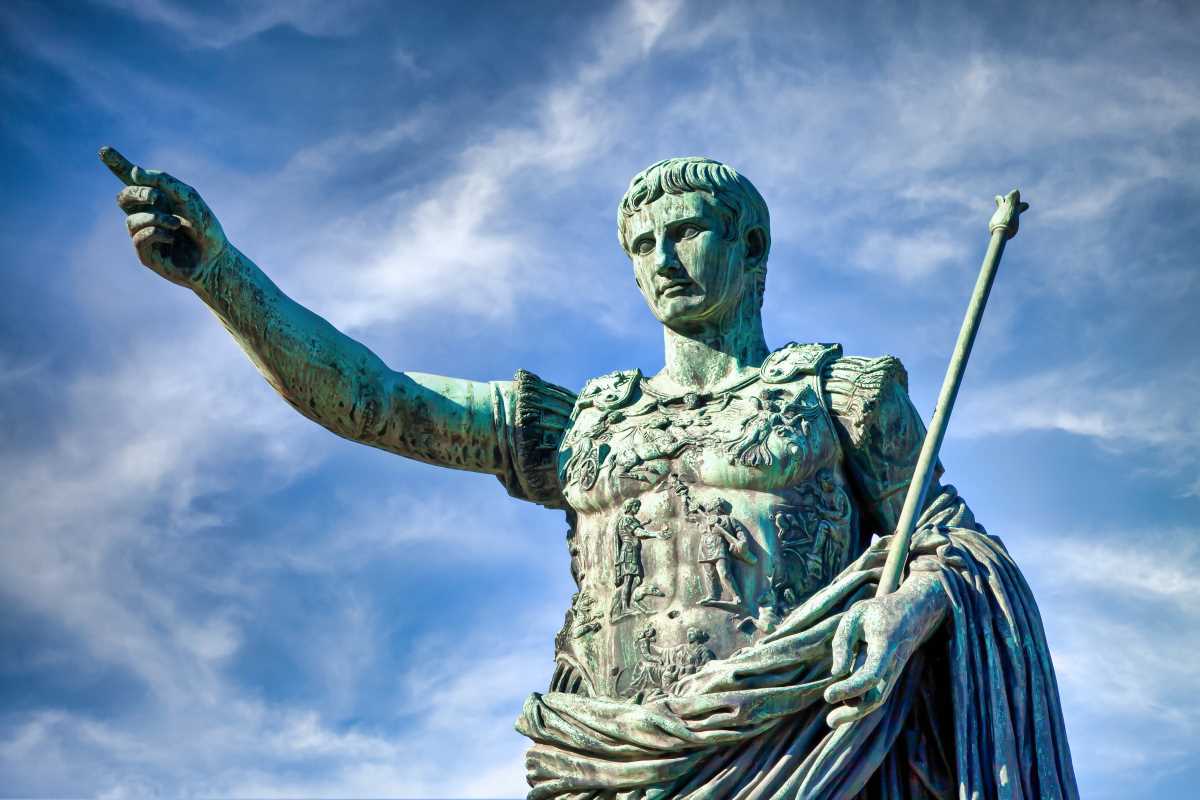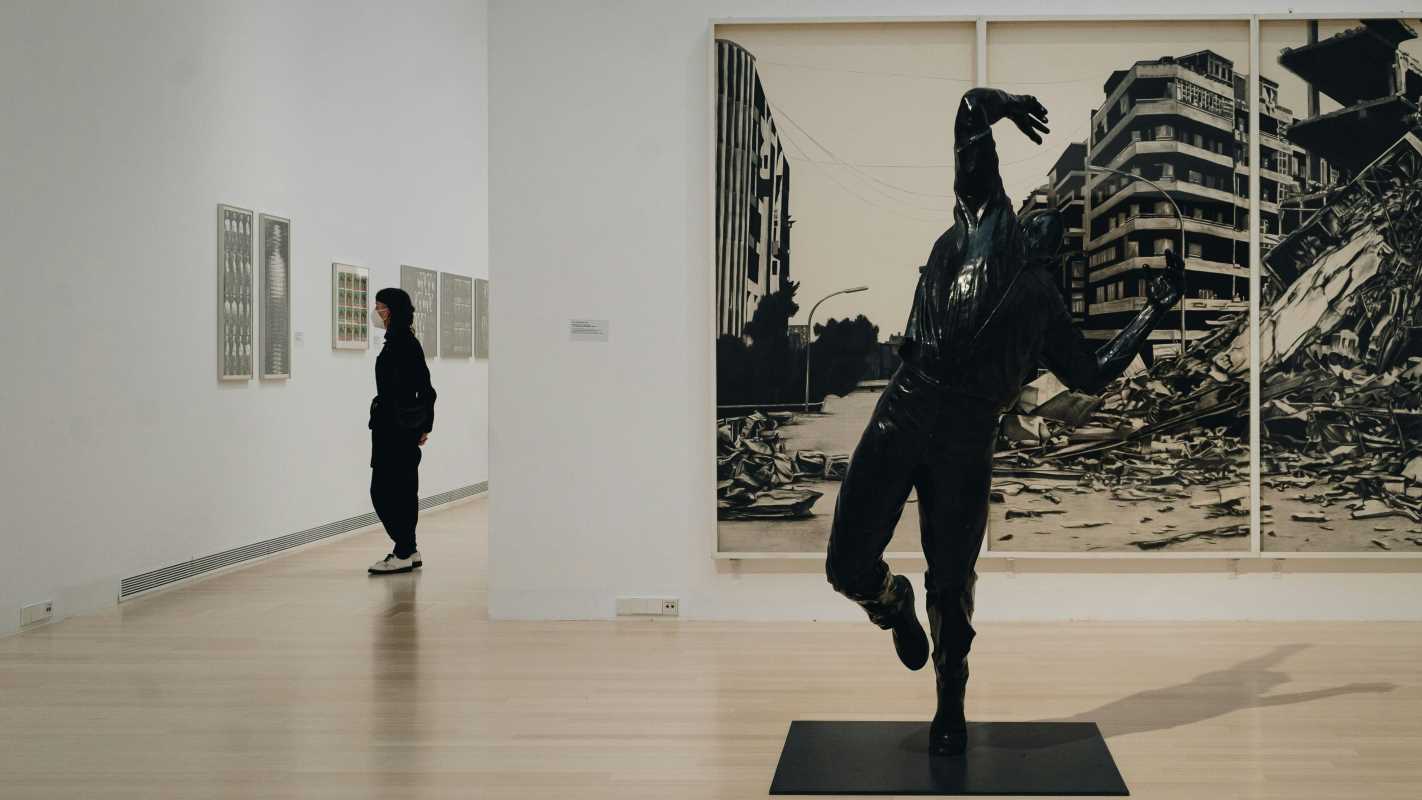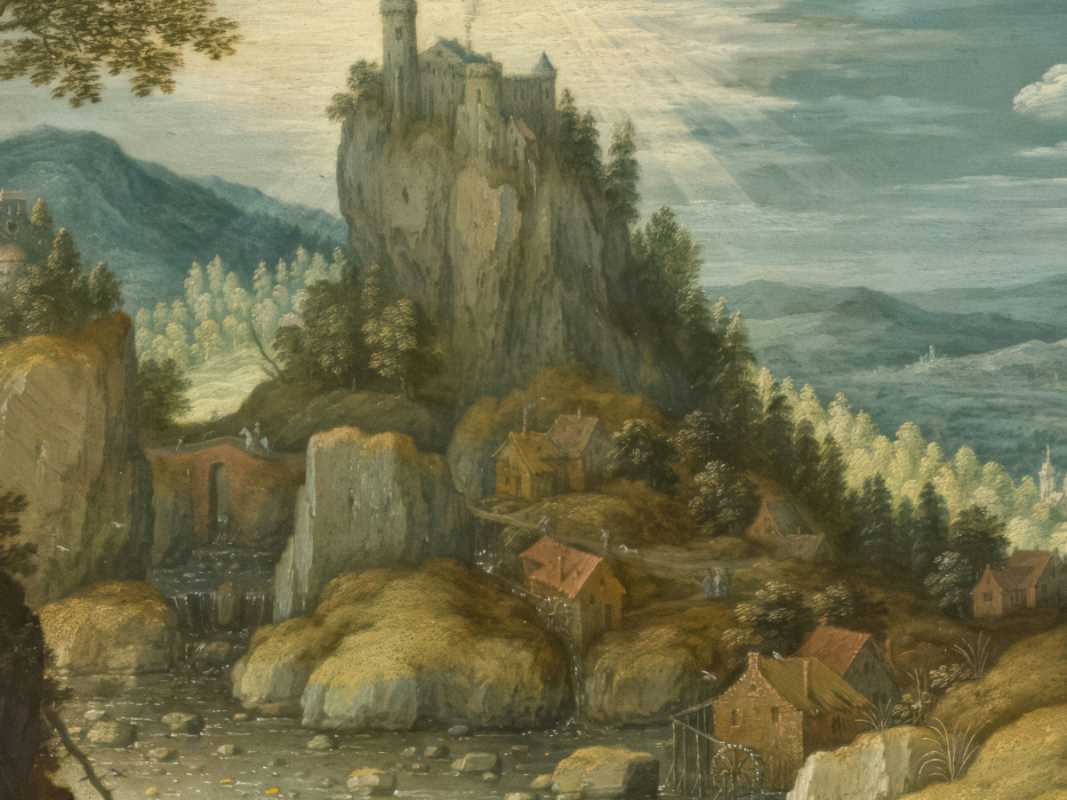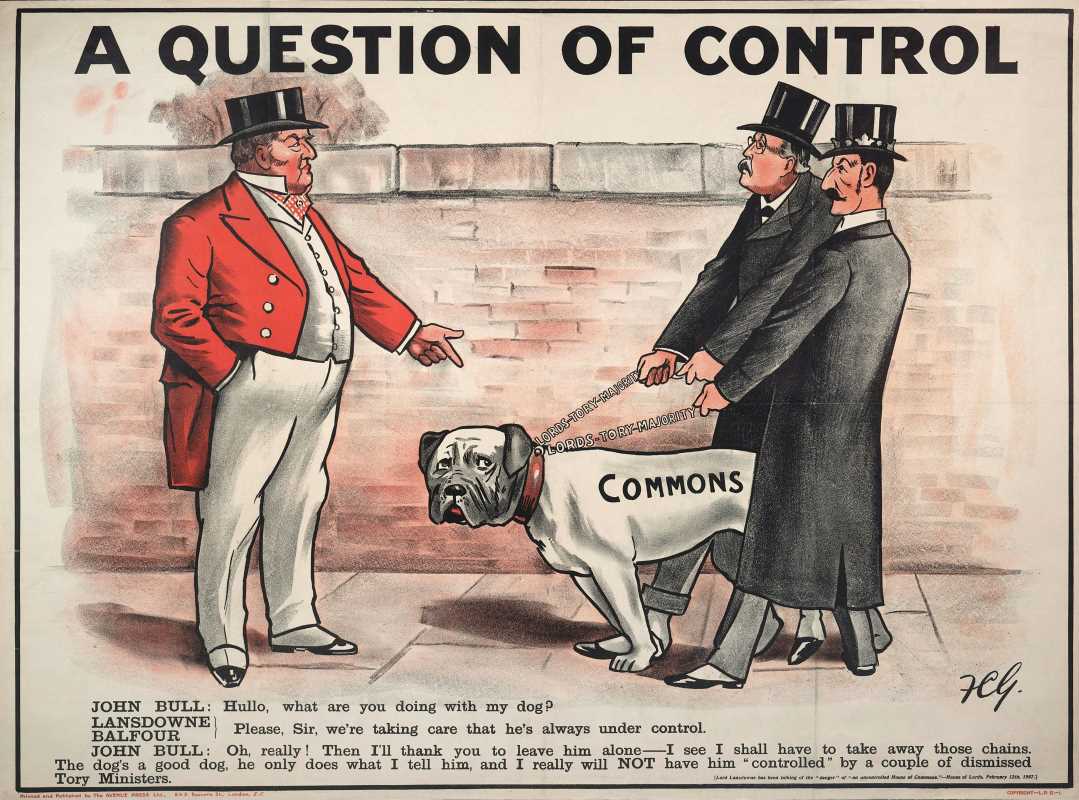Christmas has long been a source of inspiration, joy, and reflection for artists throughout history. From its ancient roots steeped in religious significance to today’s diverse secular interpretations, Christmas art reveals the evolving cultural and emotional connections people have with the holiday.
Every brushstroke, carving, or photograph across centuries tells a story, not just of faith but of tradition, celebration, and shared human experience.
Early Religious Inspiration
The first Christmas art emerged during the early Christian period, when the holiday primarily focused on the Nativity of Jesus Christ. These early depictions were deeply centered on the religious significance of Christmas, emphasizing humility and spiritual reverence.
Christian art blossomed during the Byzantine Empire, where mosaics were a common medium for depicting sacred scenes. Intricate mosaics showing the birth of Christ adorned church interiors, combining gold, jewel tones, and solemn expressions. The figures of Mary, Joseph, and the infant Jesus were often accompanied by heavenly symbols such as angels or the Star of Bethlehem, emphasizing the divine nature of the event.
During Medieval times, illuminated manuscripts played a significant role in Christmas art. These beautifully adorned texts often featured miniature paintings of Nativity scenes, rendered in exquisite detail. Artists like those behind the famous Book of Hours brought the imagery of shepherds, angels, and the Holy Family to richly gilded life, helping the devout contemplate the story within a personal and prayerful context.
Religious frescoes also became a hallmark of Christmas in Europe during the Middle Ages. Churches transformed their walls into grand visual narratives, showcasing not only the Nativity but also pivotal biblical events leading up to Christ’s birth. These works were both educational tools and spiritual expressions for communities with limited literacy.
This era laid the foundation for Christmas art as an inherently sacred category, with a focus on humility, familial love, and divine awe that resonated through the centuries.
Renaissance Glory and the Human Touch
The Renaissance era marked a transformation in Christmas art through its emphasis on humanism and naturalism. Artists began to blend spiritual themes with an elevated portrayal of human emotion, celebrating the divine through relatable, earthly experiences.
One of the most enduring Christmas-themed works from this period is Sandro Botticelli’s The Mystical Nativity. Painted in 1500, this masterpiece is a dazzling synthesis of religious devotion and Renaissance ideals. Botticelli portrayed the Holy Family surrounded by angels and worshippers in joyous celebration, marrying divine symbolism with earthly splendor. The warmth and vibrancy of color created a deeply heartfelt scene that appealed to both spirit and senses.
Another monumental piece is Leonardo da Vinci’s Adoration of the Magi. While unfinished, this painting captures the drama and reverence of the Magi’s visit to the infant Jesus with breathtaking emotional intensity. Leonardo’s use of perspective and attention to physical expression brought depth to the narrative, humanizing Christmas art further.
The Renaissance also saw the rise of altarpieces dedicated to Nativity scenes, such as in the works of Piero della Francesca. These elaborate panels conveyed both grandeur and intimacy, encouraging worshippers to feel closer to the divine. For the first time, figures like shepherds, animals, and humble surroundings took center stage, fostering a connection to the everyday lives of viewers.
The blending of spirituality with Renaissance innovation transformed Christmas art into something that celebrated both the divine and the human, a tradition that has endured into contemporary renditions of the holiday season.
Baroque Drama and Ornamentation
The Baroque period introduced a sense of theatricality and emotion to Christmas art, amplifying the celebration of the holiday in profound and dramatic ways. With rich textures, dynamic compositions, and a mastery of light and shadow, Baroque art elevated Christmas scenes into an immersive experience.
Caravaggio’s Adoration of the Shepherds stands as a quintessential example of the era’s emotional intensity. Using chiaroscuro, the artist highlighted the interplay between light and darkness, symbolizing the hope of Christ’s birth amid human suffering. The realistic expressions and gritty textures added a raw humanity to the sacred narrative, setting a new standard for how Christmas stories were represented.
Peter Paul Rubens brought his own flair to Christmas art with works like Adoration of the Magi. The grandeur of his compositions, combined with luminous color palettes and celebratory chaos, ensured that every inch of his canvas radiated festivity and reverence. Rubens emphasized abundance, wealth, and joy, reflecting the Baroque taste for artistic extravagance.
Christmas art during this era also expanded into music-inspired visuals. Paintings of angelic choirs celebrated the connection between music and the divine, often including ornate depictions of instruments and heavenly light. These works reflected the growing role of carols and festive hymns in Christmas traditions.
The Baroque style also influenced physical decorations, such as richly sculpted nativity figures and intricate altar designs. The emphasis on spectacle mirrored the celebratory and communal aspects of Christmas, creating an enduring legacy of grandeur in holiday aesthetics.
Modern Secular Influences
The 19th century brought significant cultural transitions to Christmas art, transforming it from a primarily religious tradition into one that embraced both sacred and secular themes. This change reflected broader societal shifts toward family-oriented holidays and commercialized celebrations.
Illustrators like Thomas Nast played an instrumental role in popularizing secular Christmas imagery. Nast is often credited with creating the modern image of Santa Claus, inspired by the Dutch tradition of Sinterklaas. His depictions of a jovial, rosy-cheeked figure dressed in red became synonymous with holiday cheer, shaping Christmas art for generations.
The Victorian period saw an explosion of Christmas card designs, providing a new medium for seasonal artistry. These cards featured everything from snowy landscapes to charming scenes of gift-giving and community festivities. Artists like John Calcott Horsley captured the essence of Victorian holiday traditions, focusing on family gatherings, warmth, and goodwill.
Contemporary artists like Norman Rockwell continued this secular tradition through mid-20th-century illustrations. His works, often focusing on family life, humor, and moments of reflection, evoked nostalgia for simpler, heartfelt celebrations. Rockwell’s images of children unwrapping presents or families gathered around a fireplace encapsulated the joy and sentimentality of Christmas.
This period also gave rise to iconic holiday symbols, such as the Christmas tree and stockings, appearing frequently in paintings, postcards, and advertisements. The art of Christmas became not only a sacred tradition but also a cultural and commercial celebration.
Contemporary Interpretations and Sustainability
Today’s Christmas art encompasses an extraordinary range of styles, mediums, and messages. Artists now explore diverse themes, including global representation, environmentalism, and personal interpretations of the holiday.
Digital platforms have opened new frontiers for Christmas creativity. From animated short films to 3D holiday projections on buildings, technology has allowed art to become more immersive and accessible. Holiday lighting installations, such as those in major cities, blend visual artistry with festive experiences, drawing millions of spectators every year.
A growing awareness of sustainability has also influenced modern Christmas art. Local artisans are crafting eco-friendly holiday decorations, incorporating recycled materials to foster a message of responsibility during this often wasteful season. From hand-carved ornaments to sculptures made from reclaimed wood, these works emphasize the importance of giving back, not only to others but to the planet.
Community-focused art has also gained traction, with projects that bring people together to create collaborative displays, such as large-scale, participatory murals or public nativity scenes. These artworks highlight Christmas as a time for unity and shared joy across all cultural or religious lines.
Contemporary Christmas art embraces both individuality and collective celebration. It cherishes tradition while redefining it for modern sensibilities, ensuring the holiday remains as meaningful and creative as it has been through centuries.
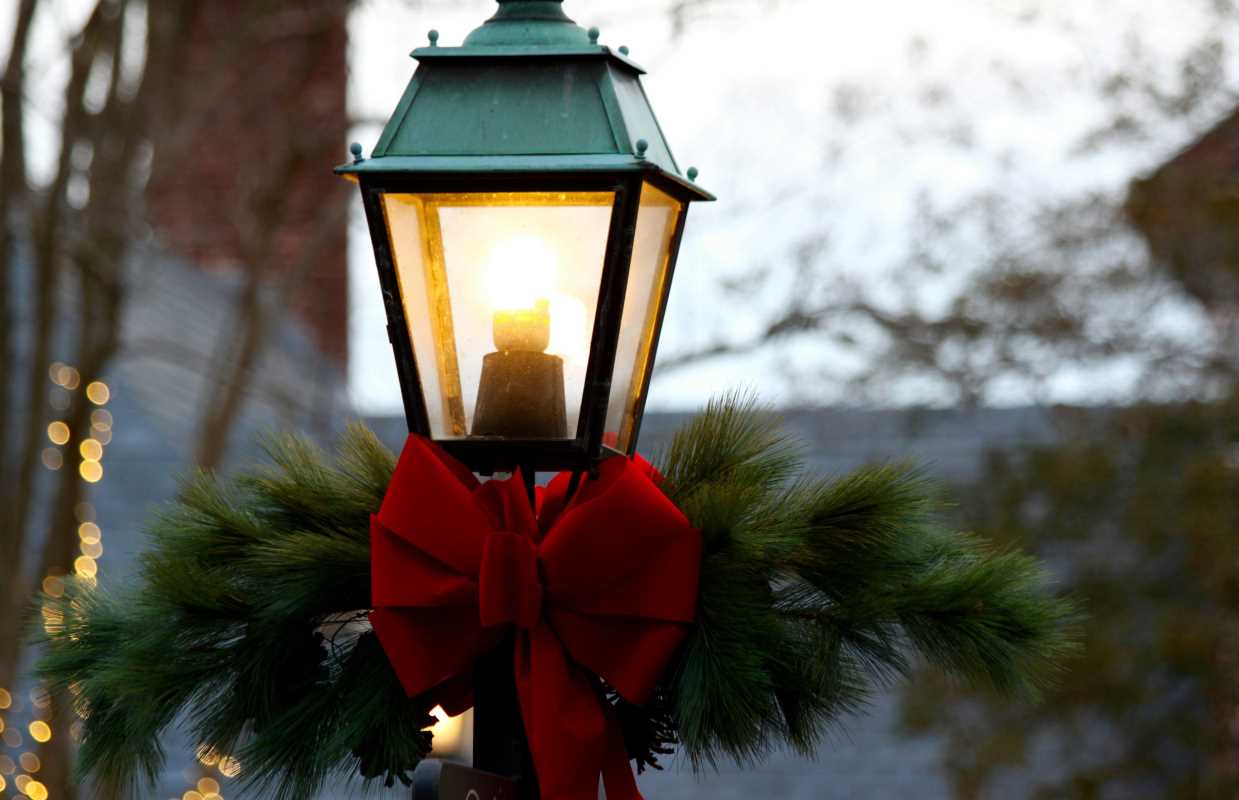
.jpg)
